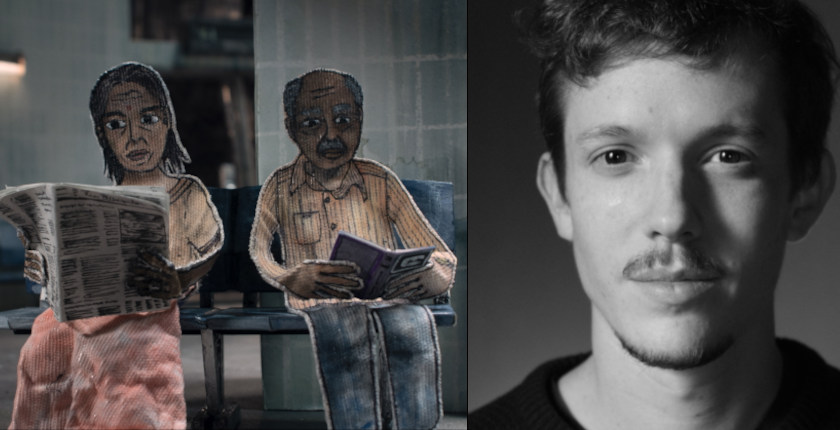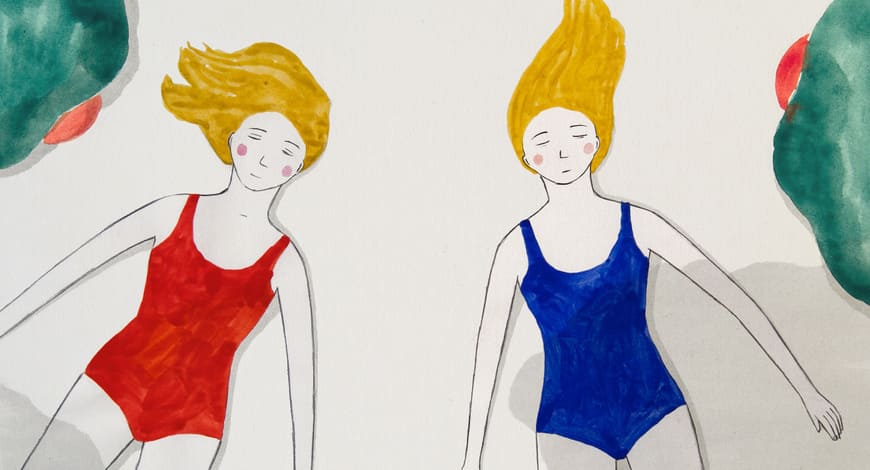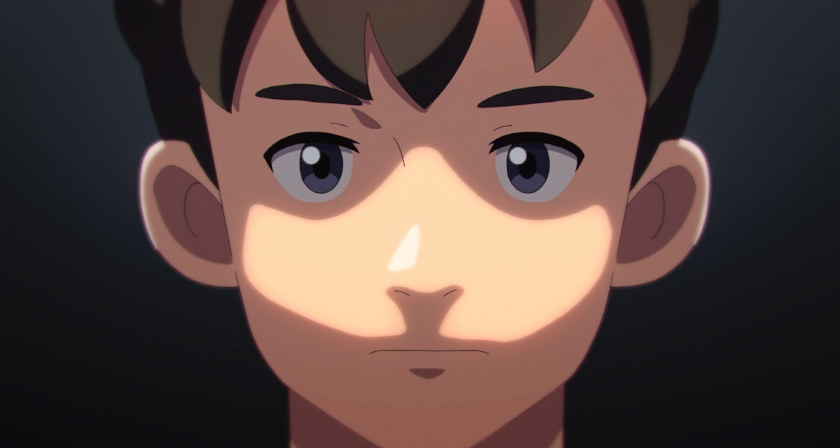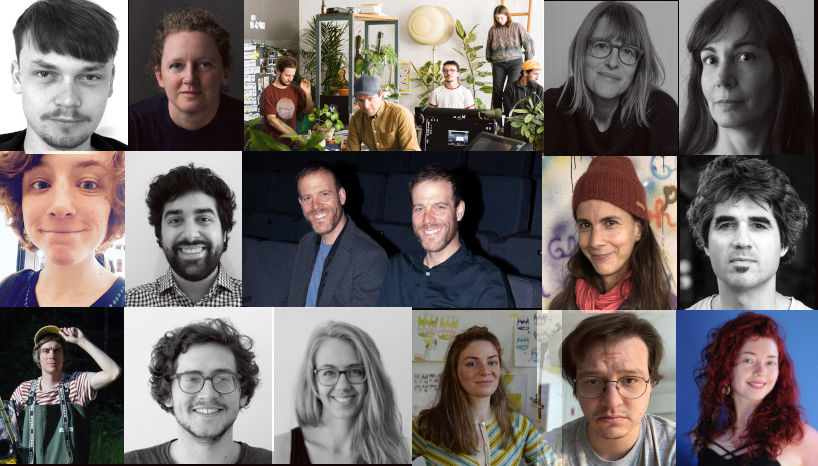The Audience Will Always Be Different: Interview with Michael Frei (Swiss Animation Portraits 2022)
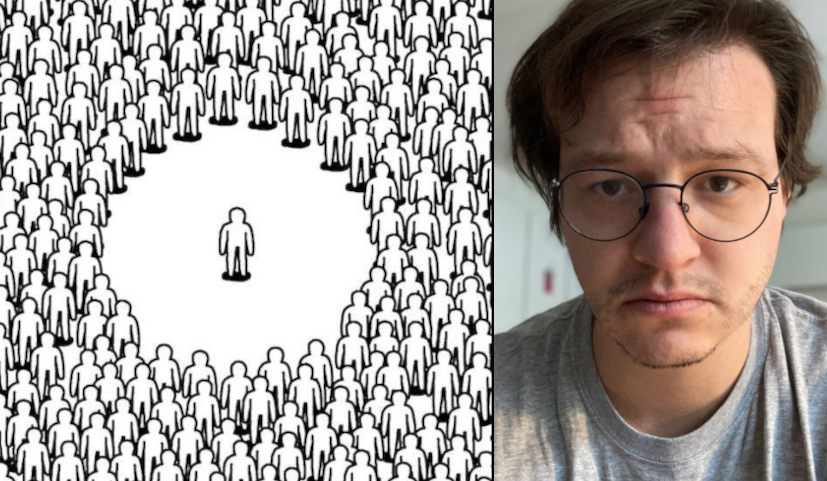
Zurich-based animator Michael Frei has built an innovative body of work since 2011. Exploring the divisions between animated film, art installation, and interactivity, he is a unique voice in contemporary Swiss animation. He is fascinated by the potential of animation to test the boundaries of interactive experience through making digitally tactile and accessible ‘toys’. His recent work 'Kids' (2019), comprising a film, interactive app, and gallery installation explored a cross-platform approach to engage diverse audiences. Michael has served on the jury for a range of animation festivals since 2013 and has been featured at numerous game and film festivals.
ZF: How did you become an animator?
MF: I started an apprenticeship at 15 to become a draughtsman which lasted 4 years, and I believed that it would be a bit more creative than it turned out to be. It's very much about drawing straight lines all day…it wasn't really what I was looking for. I figured out quite late that there was an option to study animation. I had always been interested in using computers, and recording music on computers, and animation is a way to record drawings, I suppose. So I applied to study both Interaction Design and Animation, and I chose to specialize in animation as although it felt more of a risk, I would probably only do it once, so I need to do it while I'm young. At the time, I didn't realize that there was a possible path to being a filmmaker. Both 'Not About Us' (2011) and 'Plug and Play' (2013), were student films and they got into festivals.
Then I saw the possibility that I may be able to become an animator. I grew up on a Disney diet, we had all the films on VHS, and sometimes at the end they would have these making-of featurettes, where you could see how they painted the cells…and this was always the most exciting thing to me, to figure out how things are done. I was always very interested in special effects, and I read everything I could about how they made 'Star Wars'.
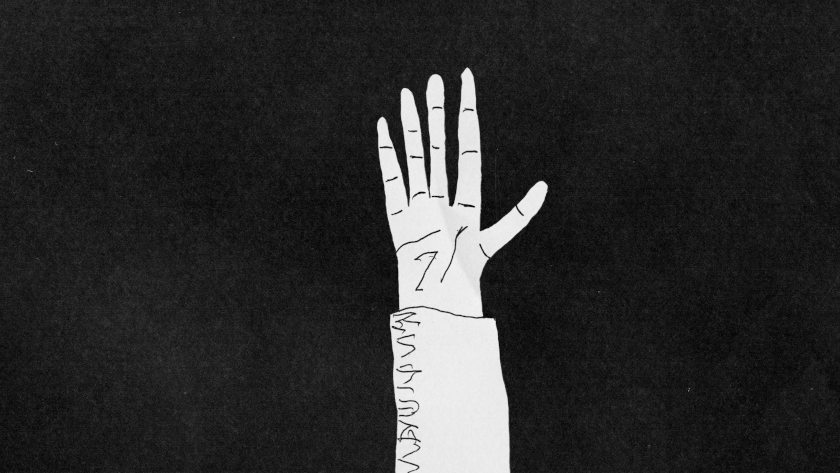
Not About Us
ZF: You have previously spoken of your own process as close to designing a film as a construct for experimentation. Can you talk about how this approach has shaped your work?
MF: It depends on the project, but with my films so far it tends to start with very few elements or things that I want in the film…I play around with these in my head and on paper with drawing and writing until it falls into place in a way that feels right; where everything feels coherent and I feel an emotional connection to it. That's when it becomes a film. It is a structuralist approach to filmmaking, where you take several elements and you play around with how they are related to each other. I was certainly inspired by the teachings of Priit Pärn, when I was studying there we made many scriptwriting exercises such as A meets B, then C happens. Later, when I started to work with a game designer, one often tries to describe how things behave. It's not necessarily story-driven – most of my films are not story-driven. It's more like I see what elements I have and try to make something meaningful out of it.
ZF: And is playing games a big part of your own background?
MF: I have never been much of a gamer. I mean when I was a child I played one game all the time, it's called 'Glider', it's an old Mac game where you fly a paper plane from room to room. I got really addicted to that game and when I noticed that, I took out the floppy disk and broke it into two parts! I guess I have an ambivalent relationship with games. I got into making games with the emergence of the Internet. When I watch films online, I rarely watch it all the way through…and when I found some web experiences that you could play around with, that felt super engaging to me and I wanted to see how I could translate my way of working on things into something interactive and online.
ZF: Can you tell us about your technical process?
MF: For 'Kids', I used Unity and I also like to make interactive web toys with p5.js which is a JavaScript library. For animation, I use Photoshop, TV-Paint, Aseprite and on my iPad an app called Pixaki. I also really like using Blender sometimes. But then I find it easier to composite with After Effects.
ZF: Who are your key influences?
MF: There is the work of Patrick Smith, an artist from New York, he goes by the name of Vectorpark. He made incredible games with Flash in the '00s. Flash games were all the rage at that time, and most of them were poorly made. He made stuff that didn't even look like it could be done with Flash, it was super-responsive, so everything you touched felt very kind of magical. He really had a sensitivity for giving objects materiality. And that's what also fascinates me about animation, how by the way an object is animated you can give something weight, material properties. He did that to perfection. I also liked that what he made wasn't conforming with most people's expectations of a game, it acted more like a toy. I showed it to my friends and family, and they all found it very easy to access and play with. Even my Grandmother. It was not like a game where you need to learn the controls first – it's very, very accessible. That was magical.
Another thing I saw at the time which I liked a lot was some work by Vincent Morisset, a Canadian director who worked with the NFB. He made an interactive music video for Arcade Fire's track Neon Bible. It was also made with Flash, and it was fascinating to me…maybe that was how people would make music videos in the future? I always found that when I was looking for programmers to work with, they never knew about any of these things; their references were usually in the game world. And when I met Mario von Rickenbach, he was the first one that knew about Vectorpark and Vincent Morisset's work. And it was not just that he knew their work, but that these were his favorite things. So we decided to try working together.
We met when I attended an event at ZHdK (Zurich University of the Arts) in their Game Design Studies department. I was talking to students there about the 'Plug & Play' film and how I would like to turn it into something interactive. It was a bit frustrating because a lot of them wanted to make it into a puzzle game or an adventure game. But I wasn't looking to put a certain game mechanic on it. Then people in the department recommended that I talk to Mario, because he did a lot of different things; he had a kind of artsy game that he had been working on. I sent him the film 'Plug & Play', and he liked it – similar humor I suppose.
ZF: Can you tell us about Kids (2018): in the touring exhibition, you showed a film of the gameplay, and had the game available as well as puppets in the installation. How do you feel this convergence was perceived by the audience?
MF: They can be seen as three different experiences. Watching the film is a passive experience…with the game, you play it on your own and take your own pacing through it. And with the exhibition, people take their time. We didn't show the full game at the exhibition but rather showed individual scenes on different devices that loop, so you could take as much time as you like. That really helped because every scene is its own piece, similar to a painting, so people can go through scenes as they want.
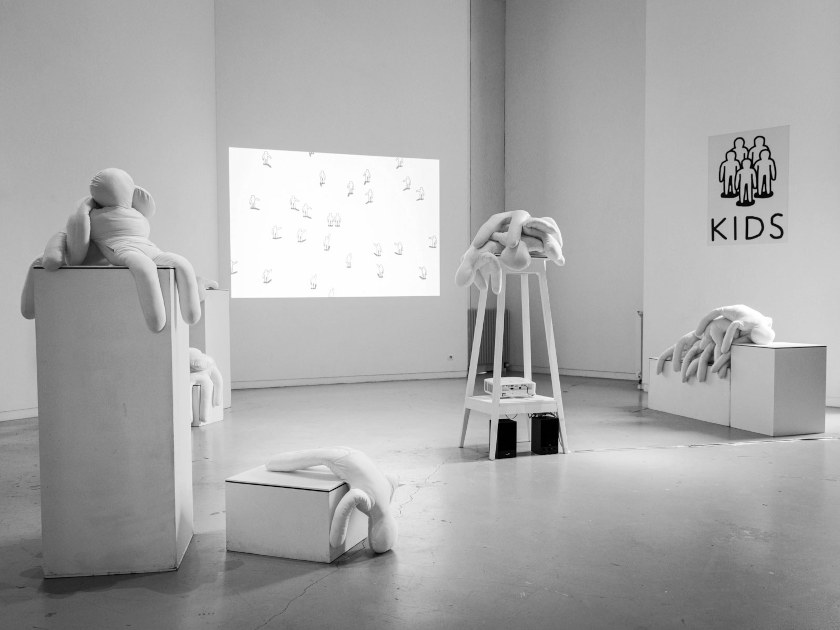
Kids Installation, Maintenant Fesitval, Rennes 2019
There's also this social thing that happens at exhibitions: other people watch you playing. It is interesting to explore how people react to each other within the space. At the first exhibition where we had the one-meter-tall puppets, the staff of the museum was actually handing out puppets to the people as they entered, so they would walk around with their puppets and it was fascinating to see what they would do with them. I guess it depends on how each artwork is perceived differently according to the context in which it's shown. Coming from having visited film festivals to game festivals, which are very different and where people are much louder and try to break the game. At an exhibition, people are calmer, take their time, and try to be reflective about it. That was quite interesting to observe. With every project, I like to try something new. With the puppets, I wanted them to feel a little like real small dead people. They're not just plush puppets, they're quite heavy with weights inside. When you have them in your arms, they do make you feel a little weird, you have an emotional response. To make the puppets, we brought on board a stop motion animator called Irmgard Waltert. It was a quite complicated undertaking: we tried to mold them out of foam but they were not flexible enough. In the end, we made them out of a textile in a workshop in Switzerland, about 50 of them. It was quite a process and way more expensive than I thought. The puppets traveled around with us to game and film festivals and were quite a cause for concern for some border patrol agents.
My films 'Not About Us' and 'Plug & Play' revolved around opposing or binary creatures, male/female, the polarity between black and white…And because it was the third project, I wanted to try to describe the relationships without the polarity…there's no male/female. That is why it's called 'Kids', in the third person. That's kind of how the idea started, and it was quite clear that what would be interesting about it would be how groups are formed.
ZF: Are digital art spaces becoming more widespread in Switzerland?
MF: I think that worldwide there is an increasing number of digital exhibition spaces; with the popping up of lots of VR spaces, now the buzzword is 'metaverse', but it's not really what I am interested in. I am more interested in a space where you could exhibit digital art; and there are places in Switzerland, like the Haus der Elektronischen Künste Basel. It's relatively old and they show digital art exhibitions. And in 2016 the Museum of Digital Arts opened in Zurich, an initiative by a non-profit organization. They had to close down when Covid came along as they had no safety net, which was a very sad thing. Film festivals also got more interested in showing interactive stuff; like at Animateka where there is an exhibition next to the festival; and at Glas Animation Festival in Berkley, California there were similar exhibitions.
ZF: Can you tell us more about your ongoing collaboration with Mario von Rickenbach? How did you first come to collaborate on Plug & Play?
MF: With 'Plug & Play' the film was already completed when I met him, so it was more about translating it into something interactive, which was a collaborative effort. At the same time, I was already thinking about new projects to work on, and we had established that we would continue to work together. I was questioning how a filmmaker could make a film that he couldn't do without a programmer. So the initial idea was what if I just animate one character and the relationship between them is prescribed using code. That was the premise. Then it was a lot of experimenting and making prototypes. We got some other coders involved and gave them some assets and asked them to just make new prototypes without telling them what to do. It was a pretty organic process that led to 'Kids'. At a certain time after maybe 1 or 2 years, I drew a storyboard for how the film could work, and that's basically how the film functions.
After that, we worked for two more years on the game and the film. The film is basically a carefully premeditated recording of the gameplay. With every format, you have a very different audience. There was this idea of "transmedia" that everyone was talking about 10 years ago. The promise was that by telling a story in different mediums, you would lure the respective audience of one medium over to engage with all your other vectors. And that has proven to be wrong, I think. For instance, if you make a film, your best audience will probably be at a film festival. And if you make a game, your best audience will probably be on the platform, so you can download it on Steam or Playstation or whatever. And if you have a less-gamey game that does not appeal to the masses, then maybe an art installation would be the best place to show it. But the audience will always be a very different one. It was very clear to me that people who watched the film didn't know it was a game, and people who played the game didn't know it was a film…even if you mention it in all your press material. Up to this point, I tried to make a film work as a game and make a game work as a film. That is a quite difficult and silly exercise. I think in the future I will try to focus on one thing at a time.
ZF: What is the situation like for funding independent animation in Zurich and Switzerland?
MF: There is some government funding and it depends on where you live. In Zurich, there is a film fund by the city as well. The National Swiss Television has also been very helpful with my projects. They are very open to interactive content (which they feature on their own websites; although they do not really have a platform dedicated to interactive content). It is difficult to fund experimental or artistic games. Film funds are not supposed to fund them and the available game funds are more interested in more commercially oriented projects. But it is possible to fund independent animation in Switzerland. It is competitive but at least there is the possibility of getting support!
ZF: How do you feel about being on the Jury at Annecy this year?
MF: I feel honored to be invited to be part of the jury at the oldest and biggest festival dedicated to animated films! I remember attending the festival twice with my student films and once as a 'professional' with 'Kids'. My experiences could not have been more contrasting. The first time around I didn't know anyone, and I slept in a dorm room, which was a 45-minute walk away from the center. I would wake up in the middle of the night to a tall Icelandic guy hanging his hand-washed panties to a string running between two bunk beds. The last time I attended, I met so many familiar faces that we hardly had time to speak to each other. And my hotel was located next to the lake - and had laundry service. So this time I'd like us to have time to speak to one another, and no tall Icelandic guy hanging panties in my room.
contributed by: Joseph Norman
Swiss Animation Portraits 2022 series is conducted in partnership with Swiss Films.




